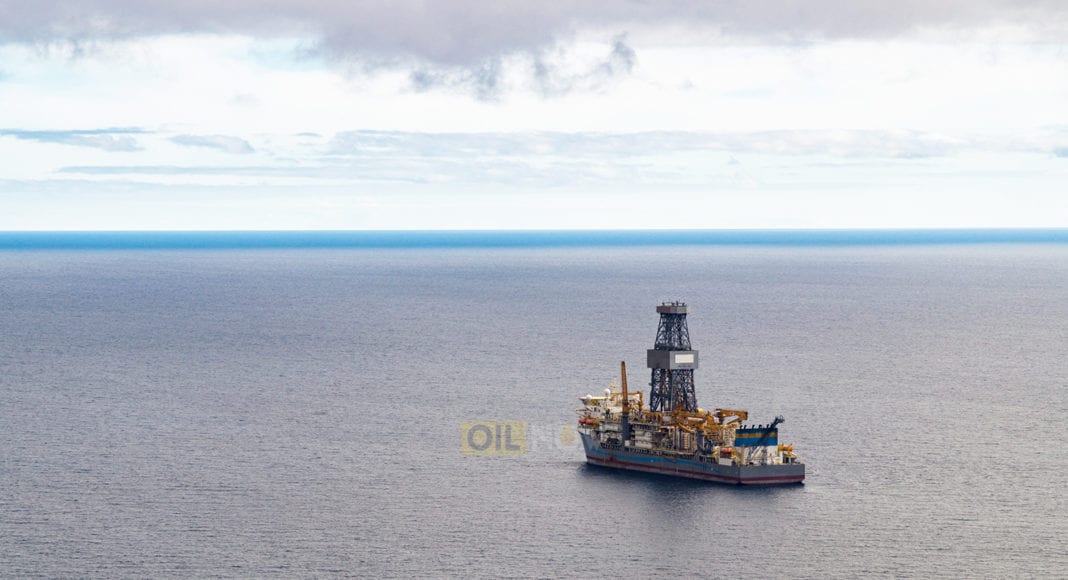The deepwater plays in Guyana, Brazil and Mexico will provide significant opportunities for these countries to help meet the oil and gas demand in coming years as supply shortfalls due to energy transition trends take hold.
“Demand for oil will drop gradually as the world moves forward with energy transition, but some demand will remain, allowing countries with large reserves to find a market for their products,” Marco Biersinger, a director of oil and gas corporate finance at Duff & Phelps was quoted as saying in an S&P Global Platts article.
Mexico, together with Guyana and Brazil, have some of the most undeveloped basins in the world, which should allow those countries to attract companies willing to take the risk to meet demand, Biersinger said.
As global upstream spending struggle to recover, Guyana offshore continues to grow
He added that Mexico has an advantage over countries like Guyana, since there are companies that already have a firm understanding of the offshore geology on the US side.
Nevertheless, Guyana is benefiting from the expertise and investor strength of some of these companies which now operate offshore the South American country.
Oil major ExxonMobil and fellow U.S. company Hess are part of a consortium that includes China’s CNOOC undertaking exploration and production activities at Guyana’s Stabroek block. Since 2015 the co-venturers have found over 9 billion barrels of oil equivalent spread across a record 22 discoveries with just 3 non-commercial wells.
Bulk of current drillship demand in ‘golden triangle’ where Guyana offshore remains busy
Consultancy Group Rystad Energy said by 2050 oil demand is expected to reach 55 million barrels per day which is about half of where demand is at present. A closer look at where those long-term supply sources are going to be found points to offshore provinces where there is a combination of factors that allow for these projects to be economic.
“Those are a low breakeven cost and of course a fiscal regime that incentivizes production. So, it makes the IOR on these projects high enough that these projects kind of continue,” said Schreiner Parker, Rystad Energy’s Vice President for Latin America and the Caribbean, in a recent interview with OilNOW. “The other thing that offshore provinces have at play is that you’re usually talking about huge reserves and assets that will produce for 30 years or more.”
Guyana offshore remains highly competitive – a major plus in current market conditions
Parker said offshore Guyana and Brazil’s presalt are two places where those conditions are both necessary and sufficient.



